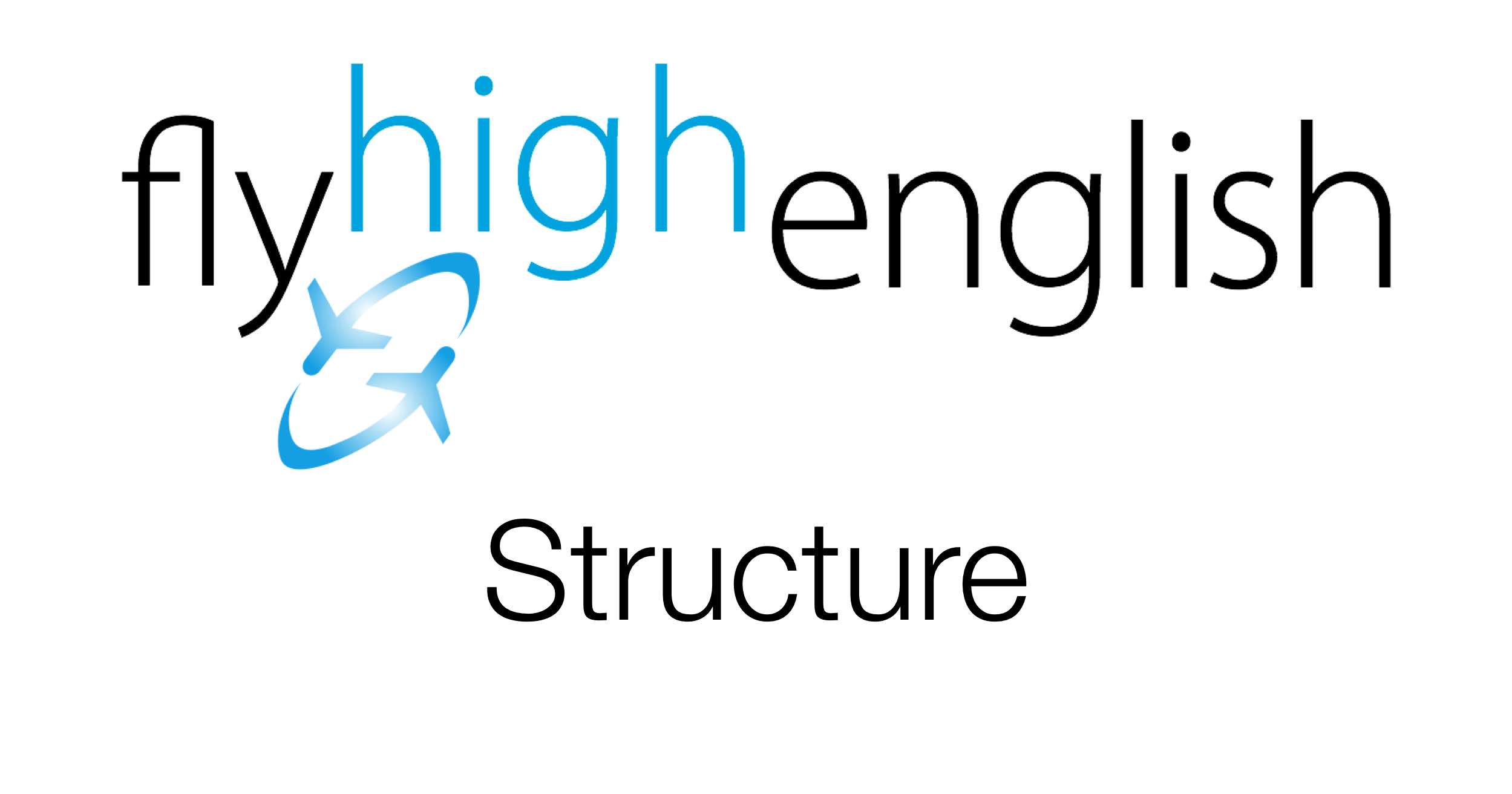
Present perfect for ‘news / updates’
In ‘present perfect 1‘ we talked about ‘have you ever….?’ questions.
In ‘present perfect 2‘ we talking about ‘finished time references’ and ‘unfinished time references and how they relate to the present perfect and past simple.
Now we want to add some other situations when the present perfect can be used.
We can use the present perfect when giving new information or updates.
When giving new information or updates to somebody you can use the present perfect. Usually this information is recent and the person listening doesn’t know the new information or the update.
Example: Imagine a controller and pilot speaking in a non-routine situation. The pilot has a medical situation on board and is talking to the controller.
Pilot: We have requested a doctor on board and she has checked the passenger. The passenger has a heart problem and the doctor has given him some medication.
All of these present perfect verb forms give new information or are updates for the controller about the situation.
Another situation when we can use the present perfect is when an action has a connection to now.
If an the action happened in the past, you use the present perfect to indicate that the effect exists in the present. So if you cut (past simple) your finger in the past maybe it’s fine now.
However, if you’ve cut (present perfect) your finger it suggests that maybe you are bleeding or that there is still a present effect of the cut (it could be painful).
These two uses – giving new information or updates and an action has a connection to now – don’t have to be separate. It’s possible for something to be new information and have a connection to now. Indeed, that’s quite common.
Tip: Don’t worry about trying to separate giving new information or updates and an action has a connection to now. If you think you action relates to one or both of these you’ll use the present perfect.
In fact, it’s possible for an action to happen in an ‘unfinished time reference‘ (present perfect 2), to be ‘new information‘ and ‘to have a connection to now‘, but we don’t have to worry about that, we just use the present perfect.
Check out the diagram below for more information and examples. Try to write some examples of your own.
Follow us on Twitter here or Facebook here for more great content!

